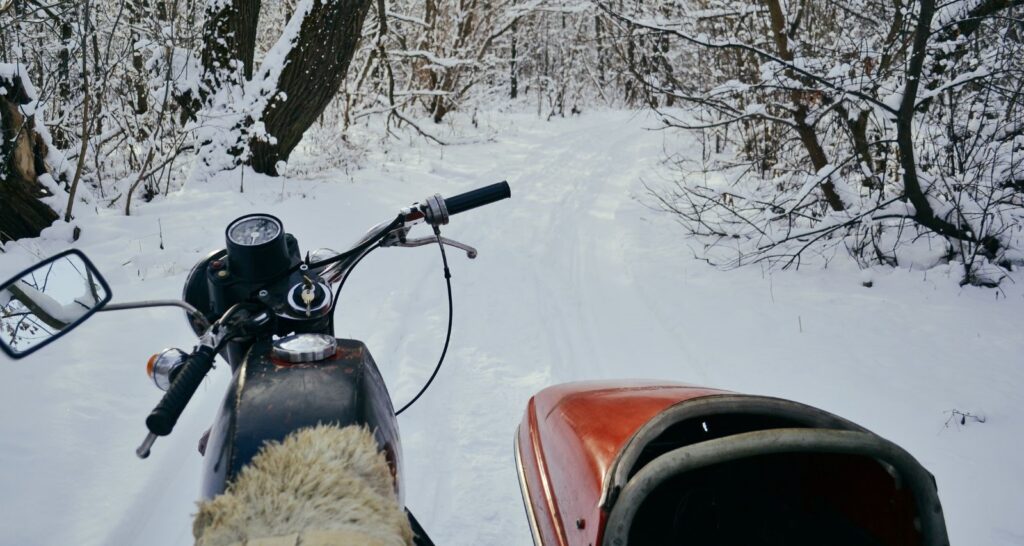Escaping from The Freeze: Why Snowbirding Isn’t Just for Retirees Anymore!
For many years, the term “Snowbirds” has conjured images of retirees heading south to escape the harsh winter months. However, the concept of Snowbirding is evolving, and it’s no longer exclusive to the elderly.
Snowbirding is a lifestyle that involves seasonal migration from colder regions to warmer destinations, often during the winter. While retirees were the traditional face of Snowbirding, people of all ages are now embracing this lifestyle. Today, snowbirding isn’t just for retirees anymore and diverse age groups are finding appeal in escaping the freeze.
Snowbirding in the United States
While Snowbirding can take you to various destinations worldwide, the United States offers numerous popular states for seasonal migration. Florida is perhaps the most iconic Snowbird destination, with its warm climate, beautiful beaches, and a wide range of activities for all ages. Arizona is another top choice, known for its desert landscapes, golf courses, and vibrant cultural scene. Texas, especially the Gulf Coast region, attracts Snowbirds with its mild winters and diverse attractions.
Other states like California, South Carolina, and Hawaii also see their fair share of Snowbirds each year. These states offer a mix of natural beauty, cultural experiences, and outdoor activities, making them ideal for individuals and families alike. The ability to choose from a variety of states and climates is a reflection of the growing diversity of Snowbirds in the United States.
A Modern Take on Snowbirding
In the past, Snowbirding was primarily a retirement dream. However, today’s working professionals, especially those who can work remotely, are increasingly adopting this lifestyle. The glamour of trading snow shovels for sandy beaches is not limited to retirees. Younger generations are realizing that they can maintain their careers while enjoying a change of scenery. Remote work and the gig economy have made it possible for people to be productive from virtually anywhere. Many choose to take advantage of this freedom by becoming Snowbirds, relocating to sunnier locales for part of the year, and experiencing a more balanced work-life dynamic.
Multigenerational Snowbirding
Snowbirding isn’t just for individuals or couples anymore. Entire families, including parents, children, and even grandparents, are embarking on multigenerational Snowbirding adventures. This trend reflects the desire for shared experiences and bonding while exploring new destinations. It’s a fantastic way for different generations to spend quality time together, creating memories and strengthening family bonds in a way that traditional vacations can’t match. The mix of age groups also adds a unique dynamic to the Snowbirding experience, fostering intergenerational learning and cultural exchange.
Snowbirding Communities for All Ages
The growth of Snowbirding among younger demographics has led to the emergence of diverse Snowbirding communities. These communities cater to a wide range of ages and interests. Today, you’ll find not only retirement communities but also Snowbird neighborhoods that accommodate professionals and families. These communities offer an array of amenities and activities to cater to the varied needs and interests of different age groups, from golf courses and tennis clubs for retirees to family-friendly attractions for younger Snowbirds.
The Financial Flexibility of Snowbirding
Financial factors have contributed to the broader appeal of Snowbirding. While traditional retirees may have more financial stability, younger individuals and families are finding creative ways to make Snowbirding financially viable. This includes renting out their primary residences when they’re away and leveraging online platforms to find cost-effective accommodations in Snowbird destinations. The financial flexibility of the gig economy and remote work means that people can explore the Snowbird lifestyle without breaking the bank.
Snowbirding for Health and Well-Being
It’s not just the weather that’s attracting a more diverse crowd of Snowbirds. Health and well-being are significant factors in the decision to become a Snowbird. The opportunity to escape the cold and enjoy a milder climate can have positive effects on physical and mental health. For example, many individuals with seasonal affective disorder (SAD) find relief from their symptoms in sunnier destinations. Young professionals also appreciate the mental health benefits of a change in scenery and the opportunity to engage in outdoor activities year-round, from hiking to water sports.
Education and Snowbirding
Families with school-age children are finding innovative ways to integrate education with Snowbirding. Homeschooling, online learning, and hybrid educational models have made it possible for children to continue their education while on the move. This educational flexibility allows families to provide their children with diverse cultural experiences and enriching travel opportunities that can be more valuable than traditional classroom learning.
Cultural Exchange and Adventure
Snowbirding offers the chance to immerse oneself in new cultures and experiences, and this appeal transcends age. Younger Snowbirds often seek adventure and new perspectives, while retirees appreciate the enrichment and learning that come from immersing themselves in different locales. Exploring local cuisine, traditions, and history can be an incredibly rewarding aspect of Snowbirding, no matter your age.
Seasonal Snowbirding
For those who can’t commit to a full winter away from home, seasonal Snowbirding is an option. Many professionals take shorter Snowbird trips during holidays or extended breaks, allowing them to experience the lifestyle without making a complete relocation. This approach provides a taste of Snowbirding for those who can’t fully commit to an extended absence.
Networking and Community Building
Snowbirding isn’t just about escaping the cold; it’s also about building new social networks and communities. Young professionals can leverage their time as Snowbirds to network, attend events, and build connections in different regions, expanding their professional and personal horizons.
The Evolution of Snowbirding
The trend of Snowbirding expanding beyond retirees is poised to continue growing. As remote work, flexible education options, and the gig economy become more prevalent, the barriers to entry for Snowbirding have lowered. The evolution of Snowbird communities, increased affordability, and a broadening range of destinations make this lifestyle accessible and appealing to people of all ages.
In conclude, Snowbirding is no longer the exclusive domain of retirees. It’s a lifestyle that has adapted to the changing needs and desires of diverse age groups. The appeal of escaping the freeze and experiencing new adventures in warmer climates knows no age limit. Whether you’re a young professional, part of a multigenerational family, or simply seeking a change of scenery, Snowbirding has something to offer everyone. Embrace the freedom to fly south and leave the winter behind – because Snowbirding is for all ages, and it’s here to stay.




